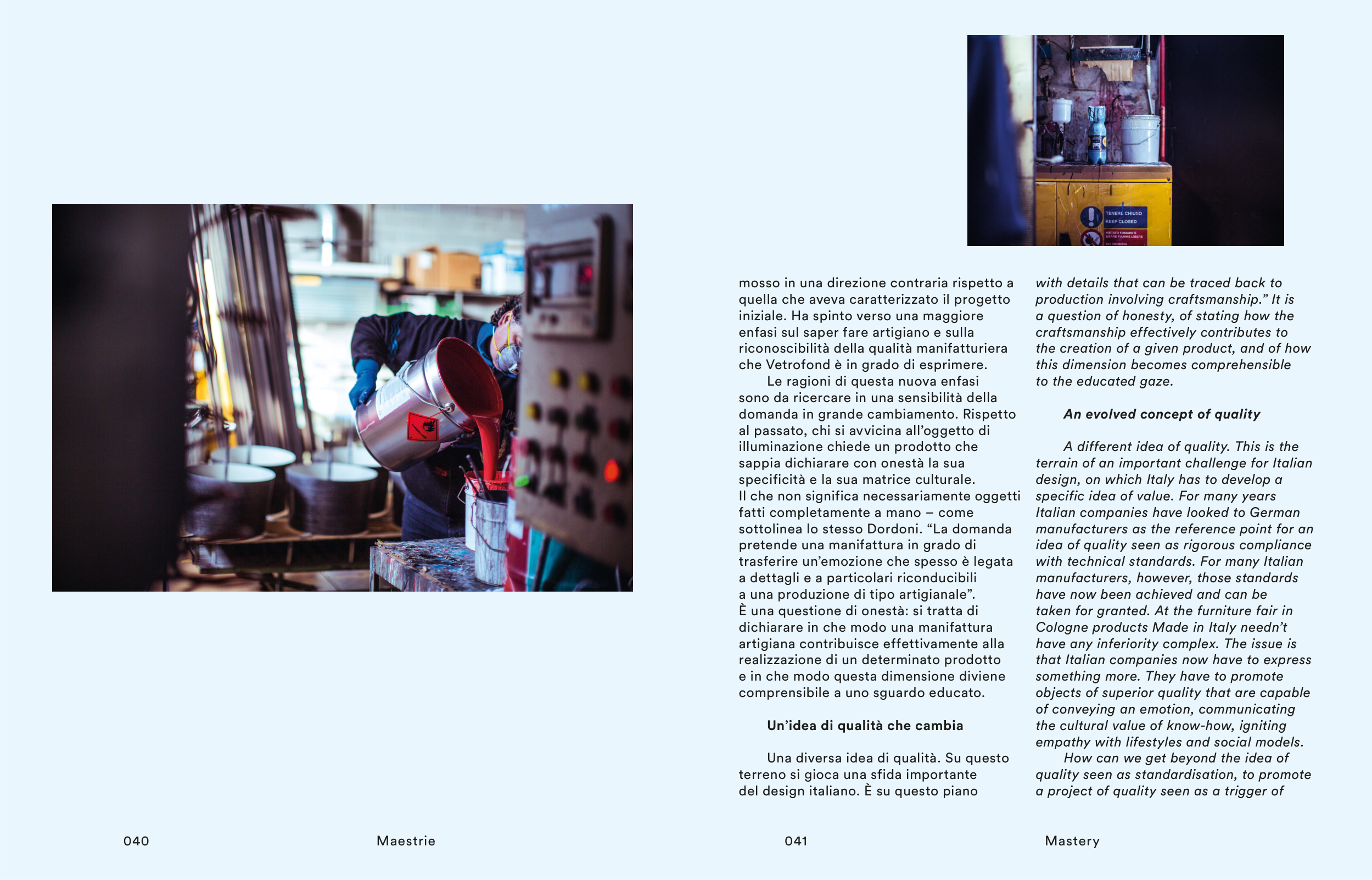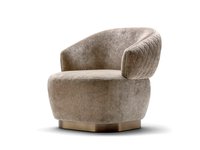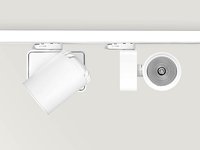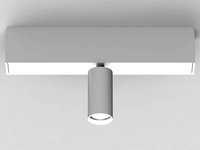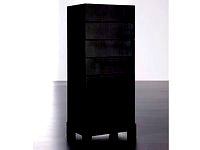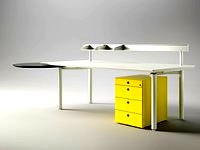mosso in una direzione contraria rispetto a
quella che aveva caratterizzato il progetto
iniziale. Ha spinto verso una maggiore
enfasi sul saper fare artigiano e sulla
riconoscibilità della qualità manifatturiera
che Vetrofond è in grado di esprimere.
Le ragioni di questa nuova enfasi
sono da ricercare in una sensibilità della
domanda in grande cambiamento. Rispetto
al passato, chi si avvicina all’oggetto di
illuminazione chiede un prodotto che
sappia dichiarare con onestà la sua
specificità e la sua matrice culturale.
Il che non significa necessariamente oggetti
fatti completamente a mano – come
sottolinea lo stesso Dordoni. “La domanda
pretende una manifattura in grado di
trasferire un’emozione che spesso è legata
a dettagli e a particolari riconducibili
a una produzione di tipo artigianale”.
È una questione di onestà: si tratta di
dichiarare in che modo una manifattura
artigiana contribuisce effettivamente alla
realizzazione di un determinato prodotto
e in che modo questa dimensione diviene
comprensibile a uno sguardo educato.
Un’idea di qualità che cambia
Una diversa idea di qualità. Su questo
terreno si gioca una sfida importante
del design italiano. È su questo piano
with details that can be traced back to
production involving craftsmanship.” It is
a question of honesty, of stating how the
craftsmanship effectively contributes to
the creation of a given product, and of how
this dimension becomes comprehensible
to the educated gaze.
An evolved concept of quality
A different idea of quality. This is the
terrain of an important challenge for Italian
design, on which Italy has to develop a
specific idea of value. For many years
Italian companies have looked to German
manufacturers as the reference point for an
idea of quality seen as rigorous compliance
with technical standards. For many Italian
manufacturers, however, those standards
have now been achieved and can be
taken for granted. At the furniture fair in
Cologne products Made in Italy needn’t
have any inferiority complex. The issue is
that Italian companies now have to express
something more. They have to promote
objects of superior quality that are capable
of conveying an emotion, communicating
the cultural value of know-how, igniting
empathy with lifestyles and social models.
How can we get beyond the idea of
quality seen as standardisation, to promote
a project of quality seen as a trigger of
041
Mastery
040
Maestrie


